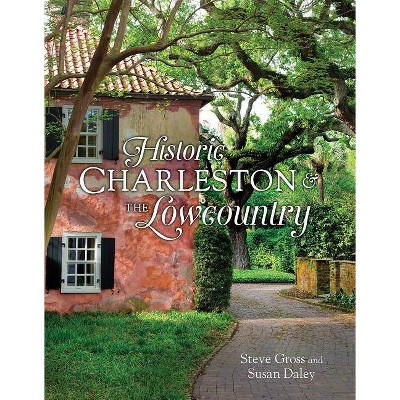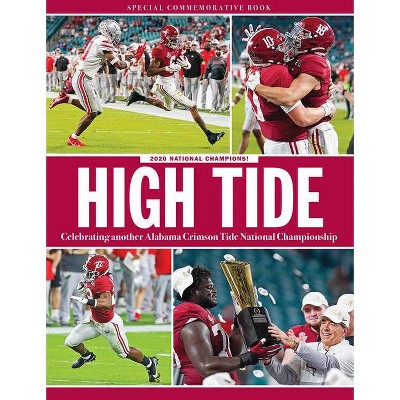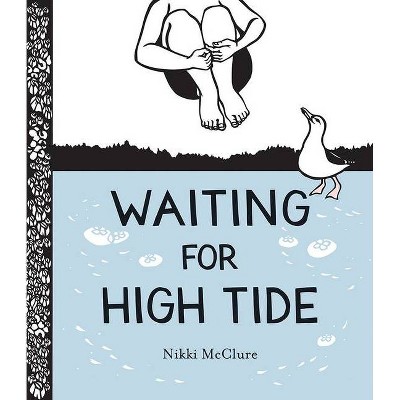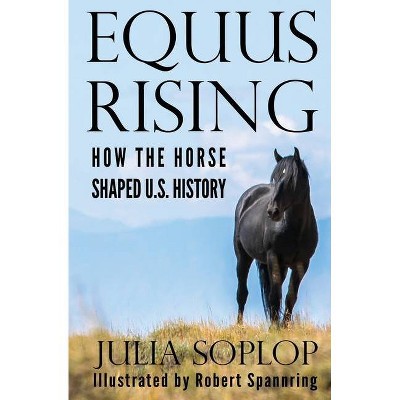Lowcountry at High Tide - by Christina Rae Butler (Hardcover)
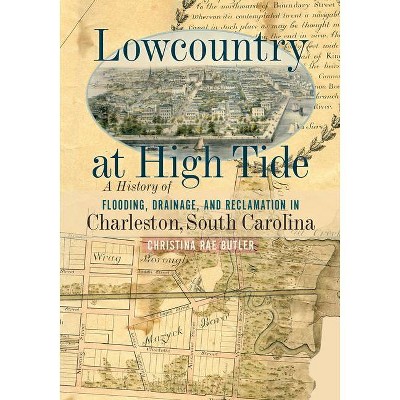
Similar Products
Products of same category from the store
AllProduct info
<p/><br></br><p><b> About the Book </b></p></br></br>Illustrated with historical maps, plats, and photographs and organized chronologically and thematically within chapters, Lowcountry at High Tide offers a unique look at how Charleston has kept--and may continue to keep--the ocean at bay.<p/><br></br><p><b> Book Synopsis </b></p></br></br><p>The signs are there: our coastal cities are increasingly susceptible to flooding as the climate changes. Charleston, South Carolina, is no exception, and is one of the American cities most vulnerable to rising sea levels. <i>Lowcountry at High Tide</i> is the first book to deal with the topographic evolution of Charleston, its history of flooding from the seventeenth century to the present, and the efforts made to keep its populace high and dry, as well as safe and healthy.</p><p>For centuries residents have made many attempts, both public and private, to manipulate the landscape of the low-lying peninsula on which Charleston sits, surrounded by wetlands, to maximize drainage, and thus buildable land and to facilitate sanitation. Christina Butler uses three hundred years of archival records to show not only the alterations to the landscape past and present, but also the impact those efforts have had on the residents at various socio-economic levels throughout its history.</p><p>Wide-ranging and thorough, <i>Lowcountry at High Tide</i> goes beyond the documentation of reclamation and filling and offers a look into the life and the history of Charleston and how its people have been affected by its unique environment, as well as examining the responses of the city over time to the needs of the populace. Butler considers interdisciplinary topics from engineering to public health, infrastructure to class struggle, and urban planning to civic responsibility in a study that is not only invaluable to the people of Charleston, but for any coastal city grappling with environmental change.Illustrated with historical maps, plats, and photographs and organized chronologically and thematically within chapters, <i>Lowcountry at High Tide</i> offers a unique look at how Charleston has kept--and may continue to keep--the ocean at bay.</p><p/><br></br><p><b> Review Quotes </b></p></br></br><br><p>An important reference tool for historians of coastal cities and lovers of Charleston, <i> Lowcountry at High Tide</i> builds on urban infrastructure history... Students and other readers of Butler's case study of Charleston will find lots of intellectual and archival breadcrumbs leading to research opportunities into additional topics relevant to contemporary life in the midst of accelerating climate change and global warming.</p>-- "The Public Historian"<br><br><p>Using archival specifications and bid documents, <i>Lowcountry at High Tide</i> provides an excellent case study for the material history of construction and humanizes city-building as both personal and bodily practice. Butler interleaves a larger citywide narrative with portraits of hard work in moments of crisis... the reader can appreciate Butler's technical skill in illuminating what the stakes really were.</p>-- "Arris"<br><p/><br></br><p><b> About the Author </b></p></br></br><p>Christina R. Butler is a professor at the American College of the Building Arts, an adjunct professor at the College of Charleston, and owner of Butler Preservation L.C., which specializes in historic property research. She is the author of <i>Ansonborough: From Birth to Rebirth</i> and several National Register listings. Butler has a B.A. in historic preservation and an M.A. in history from the College of Charleston/Citadel joint program.</p>
Price History
Price Archive shows prices from various stores, lets you see history and find the cheapest. There is no actual sale on the website. For all support, inquiry and suggestion messagescommunication@pricearchive.us





